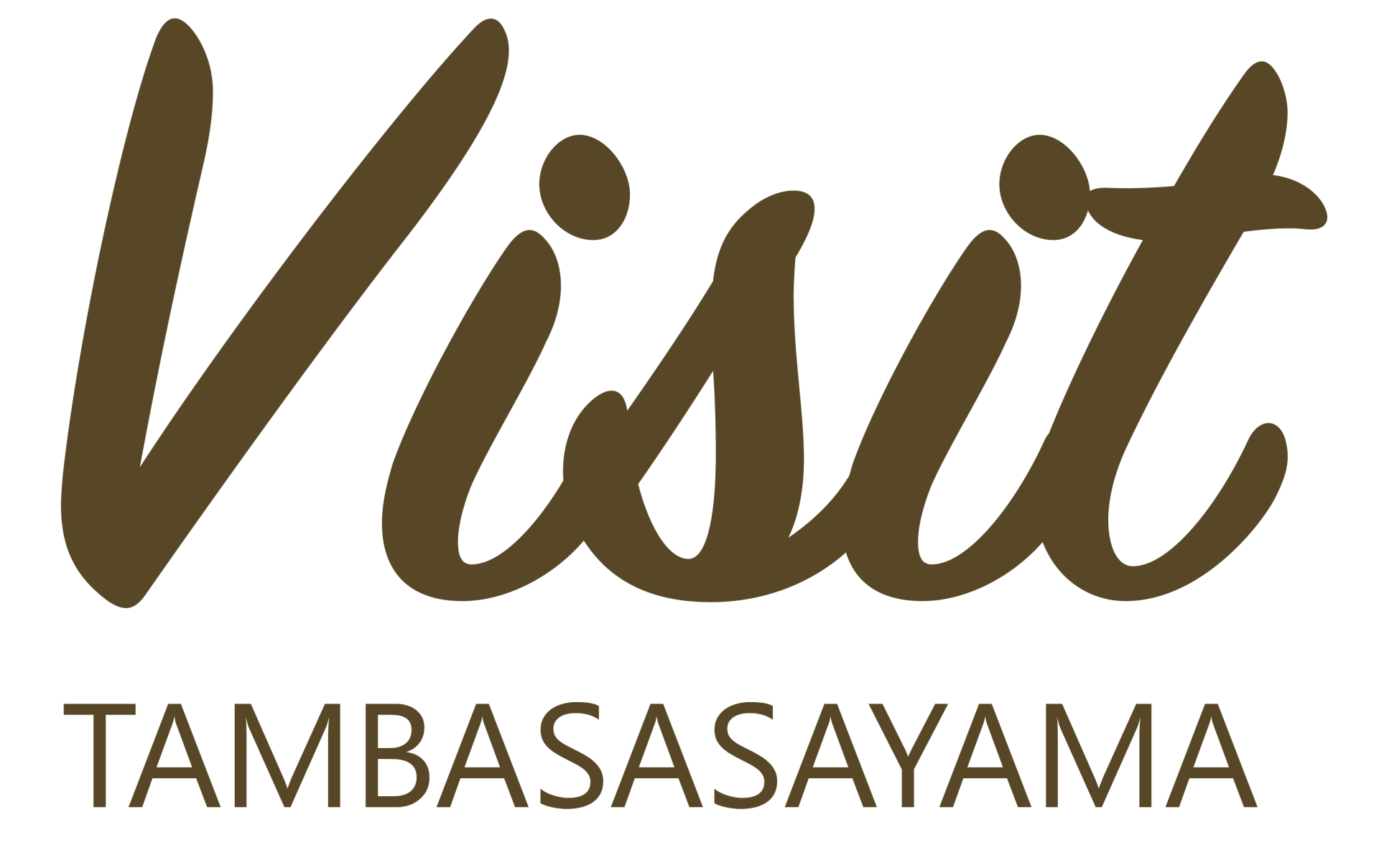The charm of the Tamba tea with the 1200-year history!
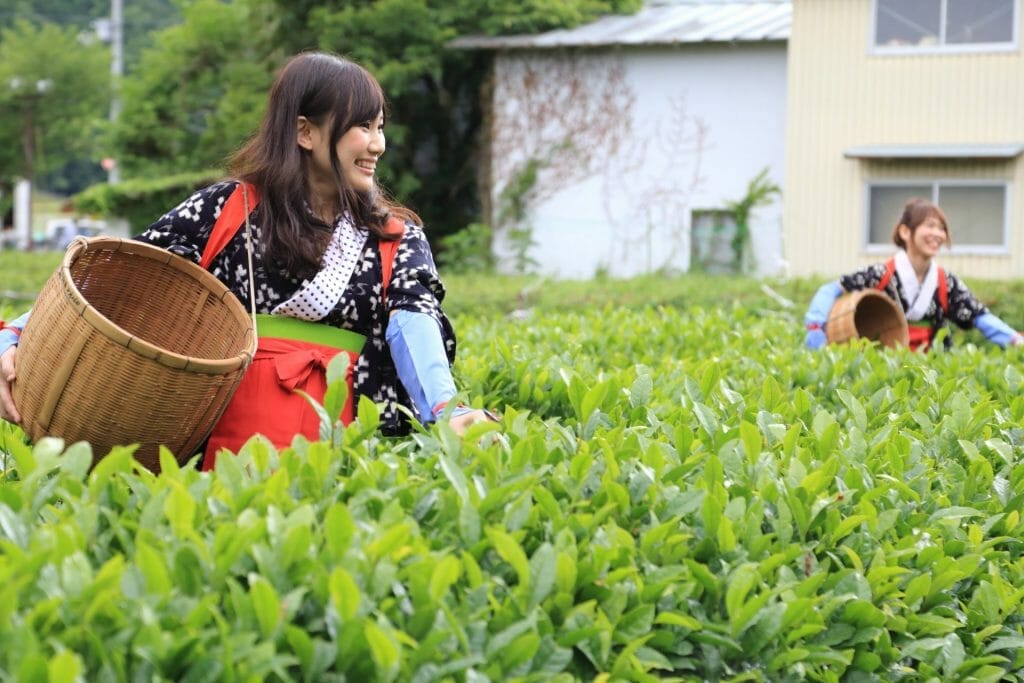
When you talk about Tambasasayama specialties, we typically talk about black soy beans, yam and chestnuts. However, Tamba tea is also a special product with a long history in Tambasasayama.
The secret of the A 1200-year-old Tambasasayama-cha  |
About Tamba tea
History of Tamba tea
It is said that the tea plantation in Tamba, Omi, and Harima started in 815A.D. by Emperor Saga. In Tamba, the first tea was planted by the stone wall at the main hall of Bunpoji temple.
Tamba tea has a history of about 1200 years since it was presented to the imperial court during the Heian period(794-1192), and is one of the oldest tea-producing regions in Japan.
During the Edo period, most of the income of Sasayama clan was from the distribution of Tamba tea, so much so that people said that half of the tea distributed in Osaka was Tamba tea.
It is the coldest tea growing area in Japan and still accounts for 70% of the tea production in Hyogo prefecture.

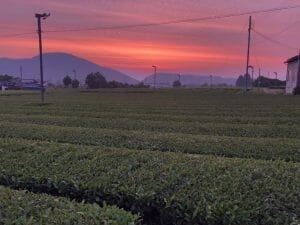
A company that inherits the tradition of Tamba tea
◆ Currently, the following 3 companies in Ajimaoku have inherited the history of Tamba tea.
・ Tambasasayama Tea Production Association ( shopping link [in Japanese])
・ Suwaen ( shopping link [in Japanese])
・ Kumanoen ( shopping link [in Japaense])
Suwa-en Main Store, Tea and Japanese sweets specialty store

Address: 1463 Ajimaoku, Tambasasayama City, Hyogo Prefecture
Business hours: 9:00 am – 5:30 pm
Closed: Irregularly
Note: Basically opens every day.
It may be closed during the tea picking season.
Please check the Suwaen website for details.
A shop with a café facility where you can enjoy delicious sweets and Tamba tea while looking at the beautiful tea plantations.
It is also recommended as a souvenir shop where you can buy tea and sweets.

Address: 456 Ajimaoku, Tambasasayama City, Hyogo Prefecture
Business hours: 10:00 am – 5:00 pm
Closed: Thursday
Note: Tea cafes and light meals are served at any time.
Please make a reservation for kaiseki cuisine in advance.
It can also be used for private tea parties.
Notes:
★ Kaiseki bento is also available upon request. (Consultation required)
★ Prices shown include tax.
★ Private rooms only.
★ Please make a reservation at least 3 days in advance.
★ Pick-up service is available for 8 people or more. Please feel free to contact us.
The current owner of Kumanoen is now the 26th generation of the Sencha-do Iemoto Kumano Juho-ryu. Kumanoen is also a place to learn authentic kaiseki cuisine and etiquette. You can enjoy the shop as a café, a learning place of casual sencha-do, and a place to buy souvenirs.
*Japanese Website only
General procedure of making Sencha*
*Sencha is the most popular kind of tea in Japan. It is a whole-leaf tea that can be enjoyed hot or cold.
1.[Picking] Initiates fermentation of the tea leaves and the leaves heat up.
2.[Steaming] Apply heat to keep the beautiful green color.
3.[Cooling] Blow air over the tea to cool down the leaves instantly.
4.[Kneading & drying] Break down only the cell walls, while keeping the leaves intact, to facilitate easy extraction of the tea essence.
5.[Shaping] Roll the leaves vertically to reduce the volume.
6.[Drying] For long-term preservation.
This manufacturing method is the standard for green tea, and after that, you can change the steaming time and divide the products according to the size of the leaves. Sencha production takes more than three times as much time and effort as matcha production.


Frost damage feared by tea plantations
For tea plantations, we are afraid of encountering frost from mid-March to early May.
If the sprout of tea hits freezing and frost damage, it will have a big impact on the yield.
You often see things like electric fans at high positions at tea plantations. They are frost-proof fans to prevent frost damage.
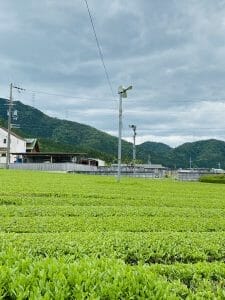
Culture called Sencha-do
Sencha-do and Matcha-do exist in the traditional Japanese culture of tea ceremony.
When people hear the word ‘tea ceremony’, the first image comes to mind is probably a Japanese with kimono sitting on a tatami floor whisking a bowl of tea with a bamboo whisk. That is matcha-do.
However, sencha-do using sencha(leaf tea) is also one of the tea ceremonies.
As Kyoto(Uji) reminds people of Matcha, we hope that Tambasasayama will be a city to reminds people of enjoying Sencha.
Sencha-do is not formal and you can enjoy it more on a daily basis.
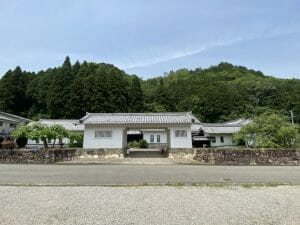
Address: 456 Ajimaoku, Tambasasayama City, Hyogo Prefecture
Business hours: 10:00 am – 5:00 pm
Closed: Thursday
Note: Tea cafes and light meals are served at any time.
Please make a reservation for kaiseki cuisine in advance.
It can also be used for private tea parties.
Honke Kumanoen in the back of Ajimaoku is also the head of the Sencha-do (Kumano Juho-ryu, the current Soke, the 26th generation of Oshuho). You can casually enjoy the Sencha-do at the shop.
🍵 Sencha set (with sweets) 660 yen
🍵 Tatemae, tea ceremony (with sweets) 1,100 yen (reservation needed at least 1 hour in advance)
🍵 Sencha-do experience and practice 3,000yen/session
Kaiseki cuisine with a tea ceremony can also be experienced with reservation from 4 people ♪
In autumn and winter, you can enjoy the hot pot dish with tea mixed dashi, and tea soba at the café space.
When you come to Tambasasayama, Japanese sweets are must-buys!!
Either in Kyoto or Tokyo, high-end Japanese sweets shops almost always use Tambasasayama black soybeans, Tamba Dainagon azuki beans, and Tamba chestnuts.
When you come to Tambasasayama, the production area of those key ingredients, you should buy Japanese sweets.
“Let’s buy!” and “Let’s eat!” Don’t miss this great opportunity!
5 stores recommended for purchasing Japanese sweets!
Suwaen Inter Store, Tea and Japanese sweets specialty store

Address: 164-2 Sugi Aza Santan-cho, Tambasasayama City, Hyogo Prefecture
Business hours: 9:30 am – 6:00 pm
Closed: Wednesday
Note: Open if the public holiday is on Wednesday / closed on New Year’s Day
The store is popular among the Tambasasayama citizens because of the spacious store and a wide selection of products.
There is also a café space inside the store, so you can eat what you purchased on the spot 🍵
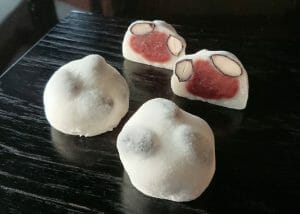 Address: 121 Kitashinmachi, Tambasasayama City, Hyogo Prefecture
Address: 121 Kitashinmachi, Tambasasayama City, Hyogo Prefecture
Business hours: 9:00 am – 6:00 pm
Closed: Tuesday
Japanese sweets lined up beautifully as if you were in a museum or jewelry shop.
The signature product Tamamizu is a dish that was eaten by His Majesty the Emperor Emeritus and Her Majesty the Emperess Emerita, and His Imperial Highness the Crown Prince Akishino and Her Imperial Highness the Crown Princess.

Address: 59 Inuishinmachi, Tambasasayama City, Hyogo Prefecture
Business hours: 9:00 am – 5:00 pm
Pure Chestnut Steamed Yokan made only from chestnuts was introduced on TV as Tambasasayama’s famous confectionery.
The refined taste created by the craftsmen makes it a popular souvenir and gift in the local area.
The taste of chestnut itself, with sweetened chestnuts on top of the chestnut paste.
Although it is a small size, it has an elegant taste filled with chestnuts and is satisfying.
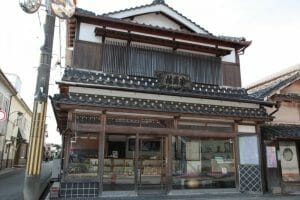
Address: 78-1 Tatsumachi, Tambasasayama City, Hyogo Prefecture
Business hours: 10:00 am – 6:00 pm
Closed: Thursday
Founded in 1902! Despite being a store that has been offering handmade sweets for over 100 years, it is a pioneer in online sales and the use of SNS, and has many fans nationwide. Chestnut Monaka is said to represent Monaka of Tamba!
*Monaka is a kind of Japanese sweets of bean jam wrapped with thin wafers made from rice cake.
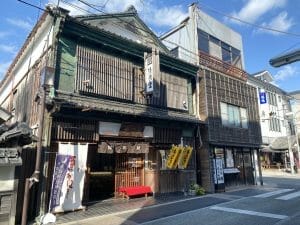
Address: 59 Nikaimachi, Tambasasayama City, Hyogo Prefecture
Business hours: 9:00 am – 7:00 pm
Closed: Wednesday
Note: Open every day in autumn
A big line in autumn! Kuri-kinton and Chestnut Ohagi are irresistible for chestnut lovers. In particular, chestnut ohagi cannot be eaten anywhere else, so some fans go there every year! 🌰🌰🌰
Recipes using Tamba tea
Here are some Green Tea Recipes introduced by the Tambasasayama City Western School Lunch Center, which won the national championship at the ‘National School Lunch Koshien’ in 2019. 👨🍳
・ Tea leaf tempura (tea leaves can be purchased at a tea plantation with reservation)
・ Tea Furikake sprinkle
・ Ohitashi
・ Mix with fried food batter (powdered tea is recommended! Like herbs ♪)
・ Sauce for grilled fish (like powdered parsley)
As for tea leaves, various food recipes as well as sweets are introduced on Cookpad (in Japanese only) , so please refer to them and enjoy the fragrant and nutritious green tea dishes!
When you come to Tambasasayama, please taste Tamba tea
After all, it is the best to eat local products with local products!! Please enjoy Tamba tea together with dishes and sweets using the ingredients of Tambasasayama 🍵🌱
Summer is the best time for the new tea season. Please try and taste Tamba tea at next time you come to Tambasasayama🌱
